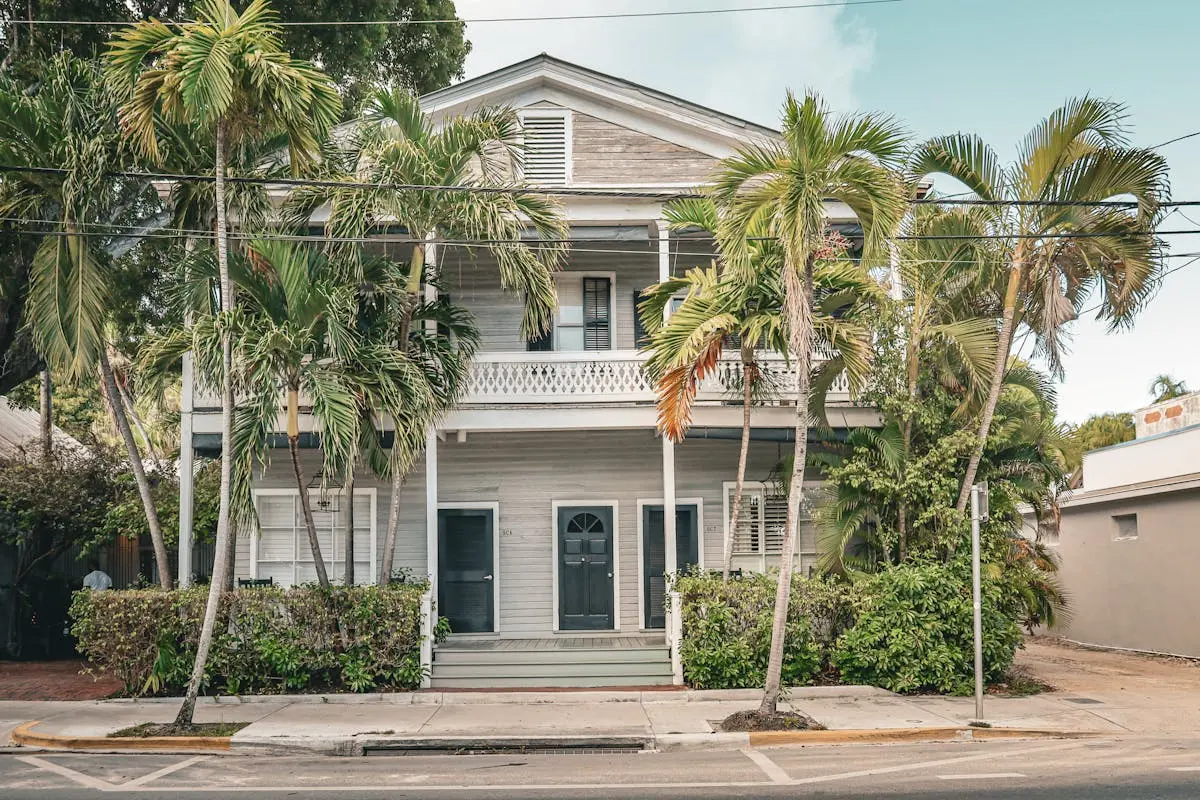Challenges with low slope roofing
Low slope roofs have drainage issues due to their flat design, which can lead to water pooling and potential leaks. Dealing with maintenance problems like standing water, debris accumulation, and limited roof material options are common challenges. Inadequate slope can also cause water to seep into the roofing system, leading to deterioration and mold growth.
Benefits of converting to metal roofing
Metal roofs are highly durable and can last up to 50 years or more, compared to traditional roof materials like shingles that may only last 15-20 years. They are more resistant to harsh weather conditions such as hail and wind, reducing the need for frequent repairs. Metal roofs are also eco-friendly as they are often made from recycled materials and can be recycled at the end of their lifespan. Additionally, they can help improve energy efficiency by reflecting sunlight and reducing cooling costs in hot climates.
Types of metal roofing materials
Metal roofing materials come in various types, each offering different benefits. Some common choices include steel, aluminum, copper, and zinc. Each material has its advantages like durability, lightweight, and resistance to rust. Steel is the most common due to its affordability, while copper is known for its longevity and elegant appearance. Aluminum is lightweight and resistant to corrosion, making it ideal for coastal areas. Lastly, zinc is a low-maintenance material that develops a protective layer over time, extending its lifespan.
Choosing the right metal roofing material
When choosing the right metal roofing material, consider factors like the durability, cost, and aesthetics. Here are some key points to keep in mind:
- Durability: Metal roofing is known for its longevity and resistance to elements like wind, rain, and snow.
- Cost: While metal roofing may have a higher upfront cost compared to other materials, it can be a wise investment due to its durability and low maintenance requirements.
- Aesthetics: Metal roofing comes in various styles and colors, so you can choose a look that complements your home’s design.
By considering these factors, you can select a metal roofing material that suits your needs and preferences.
Factors to consider before converting
First, think about the condition of your current low-slope roof. Metal roofs are durable, but they require a certain slope for proper drainage. If your existing roof doesn’t have enough slope, you may need to make adjustments before installing a metal roof. Next, consider the cost. Converting to a metal roof can be more expensive upfront, but it’s a long-term investment due to its durability. Additionally, think about the climate in your area. Metal roofs are great for withstanding harsh weather conditions, but they can be noisy during heavy rain or hailstorms. Lastly, assess the aesthetics. Metal roofs offer a modern look, so ensure it fits the style of your home and neighborhood before making the switch.
Preparation for the roofing conversion
Before converting your roof from low slope to metal, you must make sure the existing roof structure can support the added weight of metal roofing. It’s necessary to assess the current condition of the roof deck to determine if any repairs are needed before the conversion. Additionally, check for any insulation requirements to ensure proper temperature regulation in your space. Conduct a thorough inspection to identify any potential issues that could affect the success of the conversion.
Step-by-step process of converting
The first step in converting from low slope roofing to metal roofing is to remove the existing roofing materials down to the roof deck. Next, the roof deck needs to be inspected for any damage or issues that need to be repaired. After that, a waterproof membrane is applied to the roof deck to provide a base for the new metal roofing. Following this, the metal roofing panels are installed on top of the waterproof membrane, starting from the bottom and working upwards. Finally, the metal roofing is secured in place, and any necessary finishing touches are added to complete the conversion process.
Hiring the right roofing contractor
First things first, make sure your roofing contractor is licensed and insured. This protects you if anything goes wrong during the project. Ask for referrals from friends or check online reviews to find a reputable contractor. Get multiple quotes to compare prices and services offered. A knowledgeable contractor will be able to guide you through the process from low slope roofing to metal roofing conversion smoothly.





